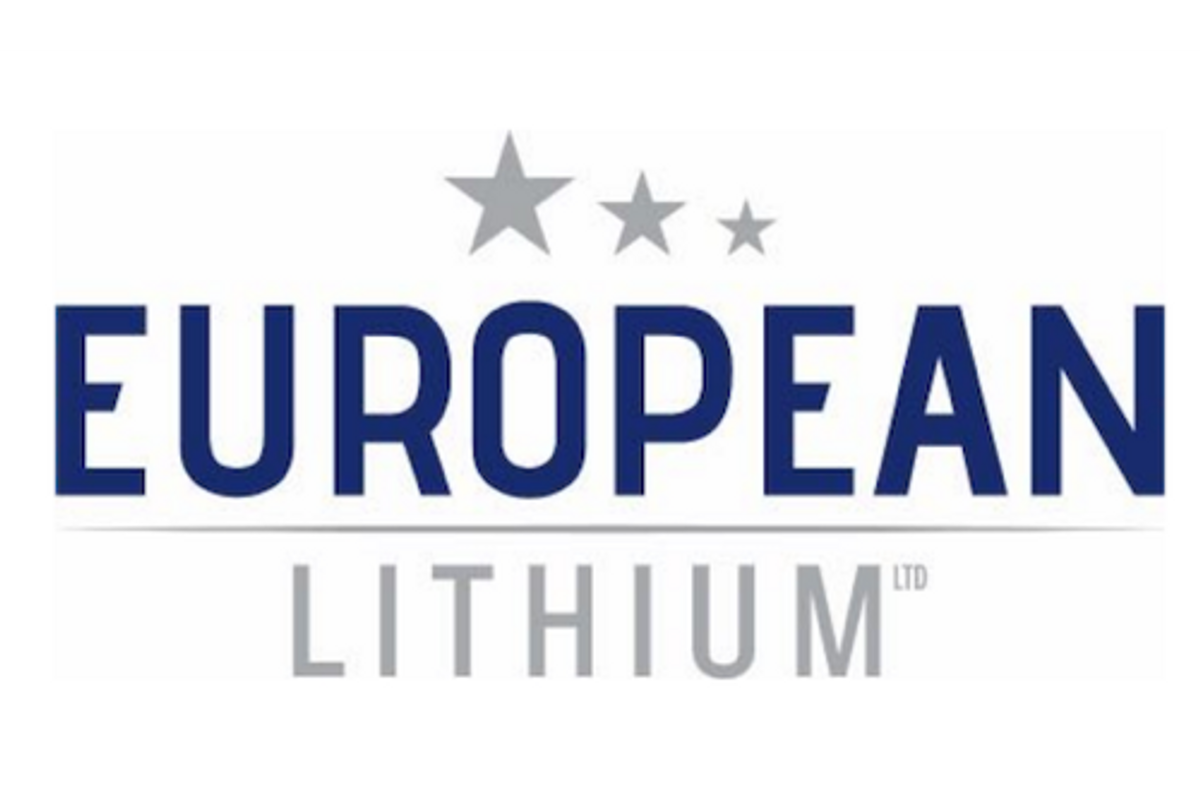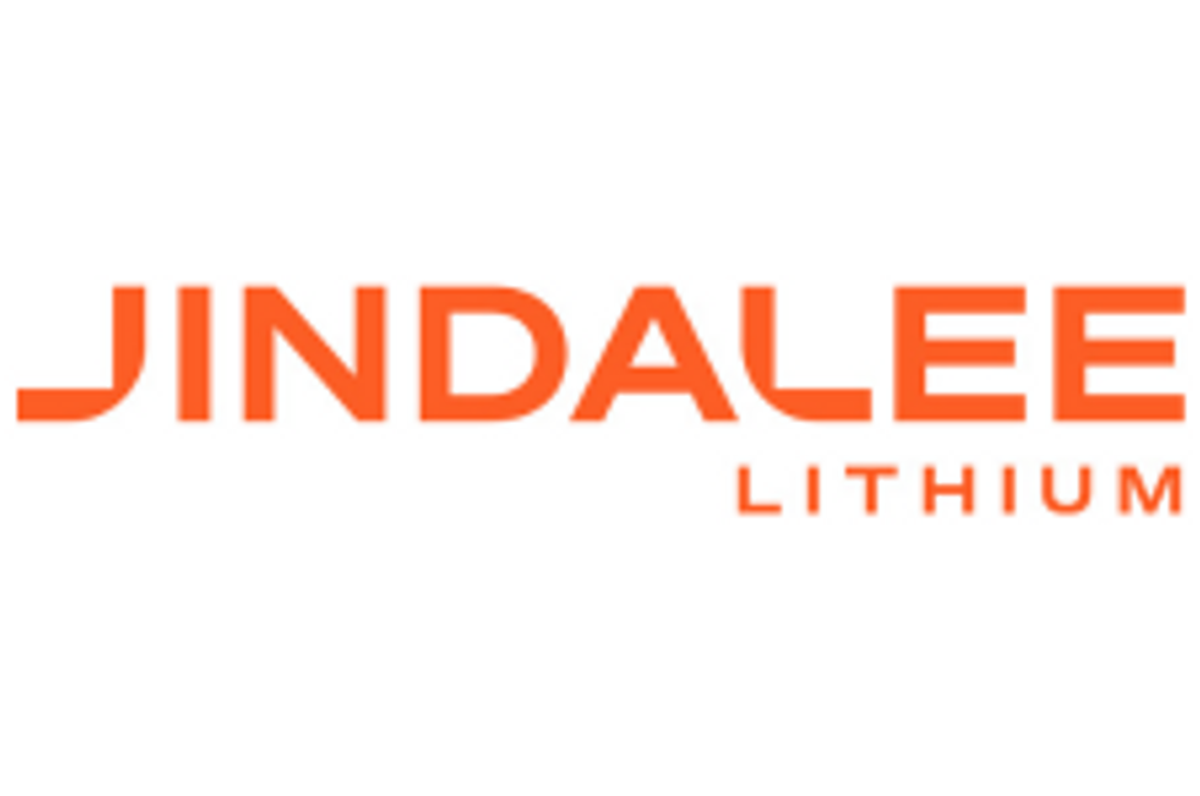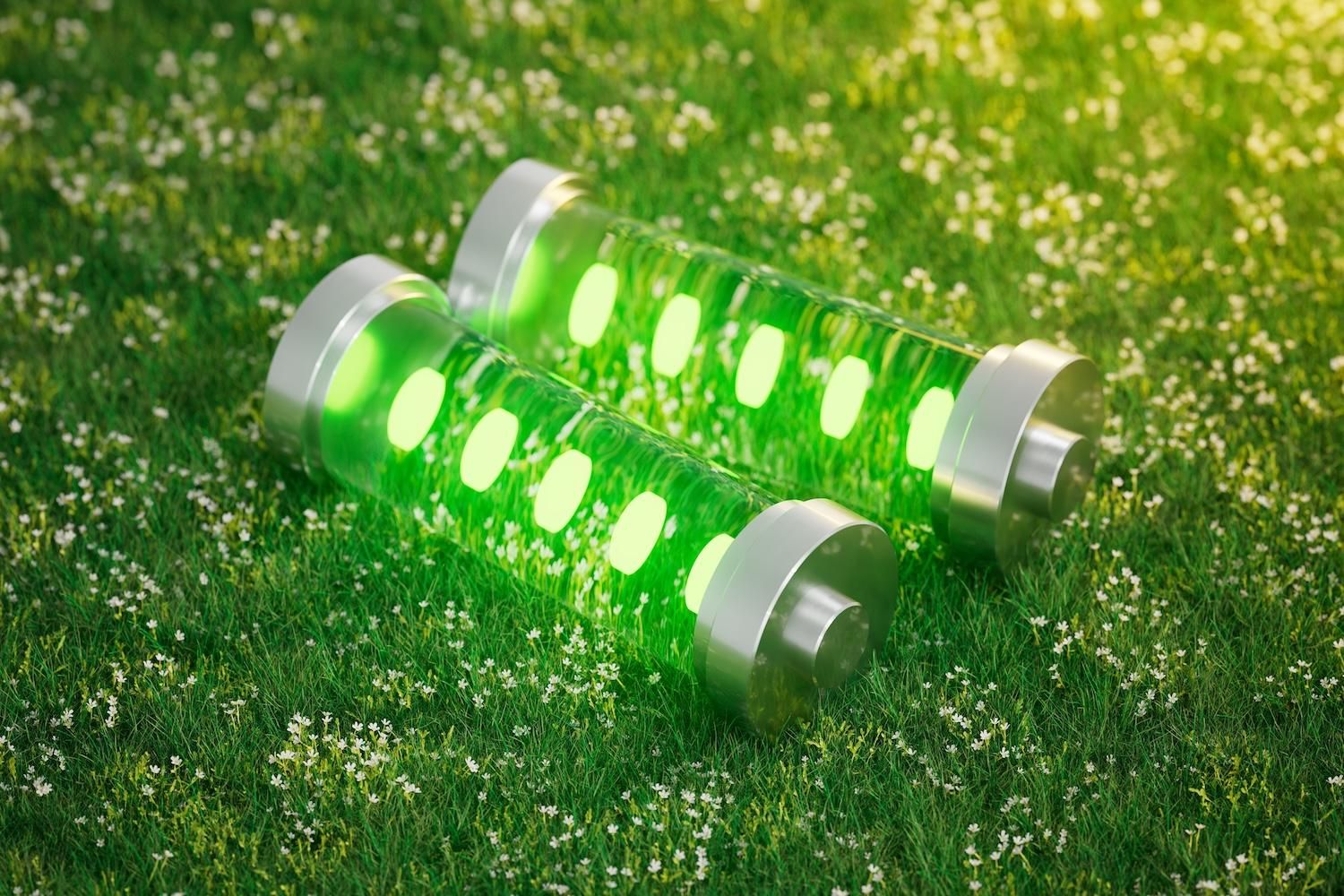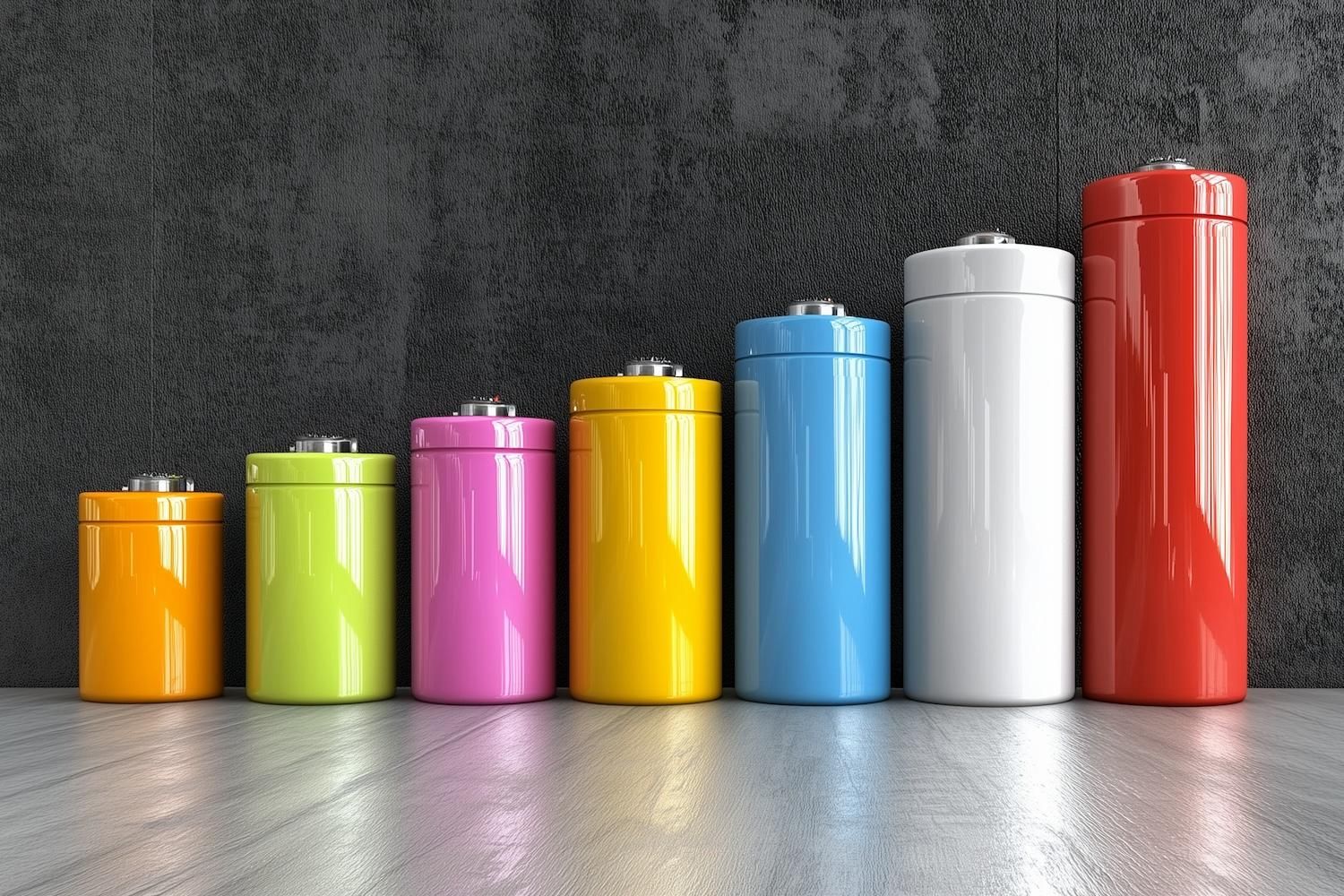
June 10, 2021
Further to the announcement released on 3 June 2021, European Lithium Limited (ASX: EUR, FRA: PF8,) (European Lithium or the Company) provides the following amendment in relation to the Phase 2 resource extension drilling program at the Wolfsberg Lithium Project (Wolfsberg or Project).
In accordance with ASX listing rules, ECM Lithium AT GmbH includes the below competent person statement confirming that pegmatite intersections have been encountered with a true thickness of up to 1.91 m. Independent laboratory ALS Ireland have analysed two (2) out of the six (6) sample batches which confirm geochemical analysis show Li2O grades up to 2.4 %.
The aim of this infill program is to significantly increase the existing JORC reserves for the DFS (Definitive Feasibility Study) and show extensions of the ore body for future drilling programs.
Competent Person's Statement
The information in this announcement pertaining to the Wolfsberg Lithium Project, and to which this statement is attached, relates to Exploration Results, Mineral Resources or Ore Reserves and is based on and fairly represents information and supporting documentation provided by the Company and reviewed by Mr Don Hains, who is the independent Qualified Person to the Company and is a Member of the Association of Professional Geoscientists of Ontario with over 30 years' experience in the mining and resource exploration industry. Mr Hains has sufficient experience, as to qualify as a Competent Person as defined in the 2012 edition of the "Australian Code for Reporting of Mineral Resources and Ore reserves". Mr Hains consents to the inclusion in the report of the matters based on information in the form and context in which it appears. The company is reporting the historical exploration results under the 2012 edition of the Australasian Code for the Reporting of Results, Minerals Resources and Ore reserves (JORC code 2012).
This announcement has been authorised for release to the ASX by the Board of the Company.
Click here for the full ASX announcement.
EUR:AU
The Conversation (0)
07 September 2023
European Lithium
Developing the Advanced Wolfsberg Lithium Deposit in Austria
Developing the Advanced Wolfsberg Lithium Deposit in Austria Keep Reading...
27 August
CRML signs LOI Offtake Agreement with UCORE (DOD Funded)
European Lithium (EUR:AU) has announced CRML signs LOI Offtake Agreement with UCORE (DOD Funded)Download the PDF here. Keep Reading...
20 August
Outstanding New 2024 Diamond Drill Results Tanbreez Project
European Lithium (EUR:AU) has announced Outstanding New 2024 Diamond Drill Results Tanbreez ProjectDownload the PDF here. Keep Reading...
30 July
Quarterly Activities Report and Appendix 5B
European Lithium (EUR:AU) has announced Quarterly Activities Report and Appendix 5BDownload the PDF here. Keep Reading...
24 July
EUR Sells 0.5m CRML Shares for U$1.8m (A$2.7m)
European Lithium (EUR:AU) has announced EUR Sells 0.5m CRML Shares for U$1.8m (A$2.7m)Download the PDF here. Keep Reading...
09 July
EUR Sells 0.5m CRML Shares for U$1.625m (A$2.5m)
European Lithium (EUR:AU) has announced EUR Sells 0.5m CRML Shares for U$1.625m (A$2.5m)Download the PDF here. Keep Reading...
4h
Trading Halt
Jindalee Lithium (JLL:AU) has announced Trading HaltDownload the PDF here. Keep Reading...
05 December
Livium Receives A$663k in RsD Tax Incentive Rebates for VSPC
Livium Ltd (ASX: LIT) (“Livium” or the “Company”) advises that it has received A$663,000 in research and development ("R&D") tax incentive rebates from the Australian Tax Office for the 2025 financial year ("FY25"), relating to its wholly owned subsidiary VSPC Pty Limited ("VSPC"). The rebate... Keep Reading...
01 December
Why SQM Says Social Dialogue is Key to Sustainable Lithium
As scrutiny continues to intensify across the battery metals supply chain, the conversation around sustainability has moved far beyond carbon footprints. At this year’s Benchmark Week, Stefan Debruyne, director of external affairs at Sociedad Quimica y Minera de Chile (SQM) (NYSE:SQM), made that... Keep Reading...
27 November
Battery Storage Market Surging as Electricity Demand Enters New Era
Speaking at Benchmark Week, Iola Hughes, head of battery research at Benchmark Mineral Intelligence, outlined a market that is undergoing “very strong growth" and becoming indispensable to energy security.Hughes described energy storage as the fastest-growing segment in the battery sector today.... Keep Reading...
27 November
Inside Billionaire Gina Rinehart's Key Mining Investments
Australian billionaire Gina Rinehart has become a formidable force in the global mining industry. After taking the helm of her father’s iron ore firm Hancock Prospecting in 1993, she embarked upon a diversification strategy that has vastly expanded her resource empire. Now Australia’s richest... Keep Reading...
26 November
Long State Funding Update
Atlantic Lithium (A11:AU) has announced Long State Funding UpdateDownload the PDF here. Keep Reading...
Latest Press Releases
Related News
TOP STOCKS
American Battery4.030.24
Aion Therapeutic0.10-0.01
Cybin Corp2.140.00






